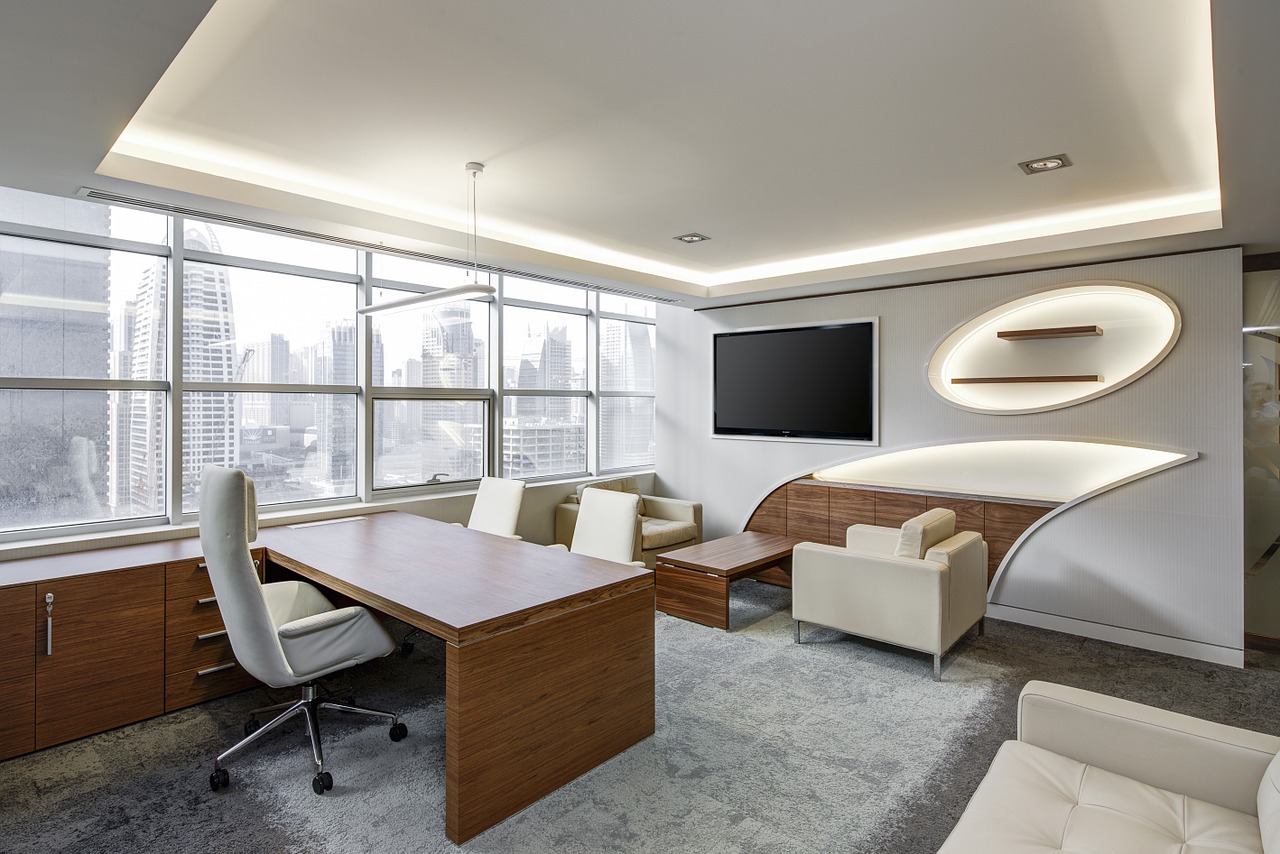Customizing Your Workspace: Choosing Between Traditional Office Desks and Sit-Stand Office Desks
- 1 Traditional Office Desks
- 2 Sit-Stand Office Desks
- 3 Factors to Consider
- 4 Conclusion
- 4.1 FAQs:
- 4.1.1 Are sit-stand desks worth the investment?
- 4.1.2 Do sit-stand desks require special maintenance?
- 4.1.3 Can traditional desks accommodate standing work?
- 4.1.4 How do sit-stand desks affect productivity?
- 4.1.5 Do sit-stand desks fit into small workspaces?
- 4.1.6 Can sit-stand desks be used by everyone?
- 4.1.7 Are traditional desks obsolete in modern workplaces?
In Short:
- Functionality: Traditional desks offer stability for seated tasks, while sit-stand desks provide flexibility for alternating between sitting and standing.
- Health Benefits: Sit-stand desks promote movement and better posture, reducing the risk of musculoskeletal issues compared to traditional desks.
- Considerations: Work habits, health needs, space, and budget influence the choice between traditional and sit-stand desks.
Customizing your workspace to suit your needs and preferences is essential for creating a productive and comfortable work environment. When selecting office desks, you can choose traditional and sit-stand desks, each offering unique benefits and considerations. In this guide, we’ll explore the differences between conventional office desks and sit-stand desks to help you decide when customizing your workspace.
Traditional Office Desks
Traditional office desks are static work surfaces designed primarily for seated use. These desks come in various shapes, sizes, and configurations, including rectangular, L-shaped, and U-shaped models, and may feature drawers, cabinets, or built-in storage for organization.
Traditional desks are characterized by their fixed height and lack of adjustability. They provide a stable and reliable work surface for tasks that require seated work and may offer ample storage space for office supplies, files, and equipment.
Sit-Stand Office Desks
Sit-stand office desks, also known as height-adjustable or standing desks, are designed to allow users to alternate between sitting and standing positions while working. These desks feature adjustable height settings, enabling users to raise or lower the desk surface to their desired level.
Sit-stand desks offer numerous benefits for health, productivity, and overall well-being. By providing the flexibility to switch between sitting and standing positions throughout the workday, these desks help reduce sedentary behaviour, improve posture, and alleviate discomfort associated with prolonged sitting.
Factors to Consider
Work Habits and Preferences
Consider your work habits and preferences when choosing between traditional and sit-stand desks. A conventional desk may suffice if you primarily perform tasks that require seated work and don’t mind sitting for extended periods. However, a sit-stand desk may be more suitable if you prefer the flexibility to alternate between sitting and standing positions throughout the day.
Health and Ergonomics
Take into account your health and ergonomic needs when selecting an office desk. Sit-stand desks promote movement and encourage better posture, which can help reduce the risk of musculoskeletal issues such as back pain and neck strain. A sit-stand desk may be better if you have health concerns or prefer a more ergonomic workspace.
Space and Layout
Consider the layout of your workspace and the available floor space when choosing an office desk. Traditional desks are typically larger and may require more space than sit-stand desks, which tend to have a more compact footprint. A sit-stand desk may offer greater versatility and flexibility if you have limited space or need to accommodate other furniture and equipment in your workspace.
Budget
Take into account your budget when selecting an office desk. Traditional desks are generally more affordable than sit-stand desks, which may require a more significant investment due to their adjustable height mechanisms and advanced features. A classic desk may be the most cost-effective if budget is a primary consideration.
| Criteria | Traditional Desks | Sit-Stand Office Desks |
|---|---|---|
| Primary Use | Seated work tasks | Alternating between sitting and standing positions |
| Adjustability | Fixed height | Height-adjustable |
| Health Benefits | Limited may promote sedentary behaviour and poor posture | Promotes movement and better posture, and reduces the risk of musculoskeletal issues |
| Space Requirement | Typically larger footprint | Compact footprint |
| Cost | Generally more affordable | It may require a higher investment due to adjustable height mechanisms |
| Suitable Work Environment | Primarily seated work environment | It provides flexibility for users who prefer alternating between sitting and standing. |
Conclusion
When customizing your workspace, choosing between traditional and sit-stand desks involves considering factors such as work habits, health and ergonomics, space and layout, and budget. Traditional desks provide a stable and reliable work surface for seated tasks, while sit-stand desks offer the flexibility to alternate between sitting and standing throughout the day. You can select the office desk that best suits your work style and contributes to a productive and comfortable workspace by carefully evaluating your needs and preferences.
FAQs:
Are sit-stand desks worth the investment?
Yes, they promote better posture, reduce sedentary behavior, and can alleviate health issues associated with prolonged sitting.
Do sit-stand desks require special maintenance?
Generally, no. They require minimal maintenance similar to traditional desks but may need occasional adjustment of height mechanisms.
Can traditional desks accommodate standing work?
Not effectively. Traditional desks are designed primarily for seated tasks and lack the adjustability needed for comfortable standing work.
How do sit-stand desks affect productivity?
Studies show they can improve productivity by reducing discomfort and fatigue, allowing users to switch positions and stay engaged.
Do sit-stand desks fit into small workspaces?
Yes, they often have a more compact footprint than traditional desks, making them suitable for various office layouts and sizes.
Can sit-stand desks be used by everyone?
Yes, they’re designed for universal use, accommodating different heights and preferences for sitting or standing.
Are traditional desks obsolete in modern workplaces?
No, traditional desks still have their place, especially in environments where seated work is predominant or budget constraints are a concern.



















